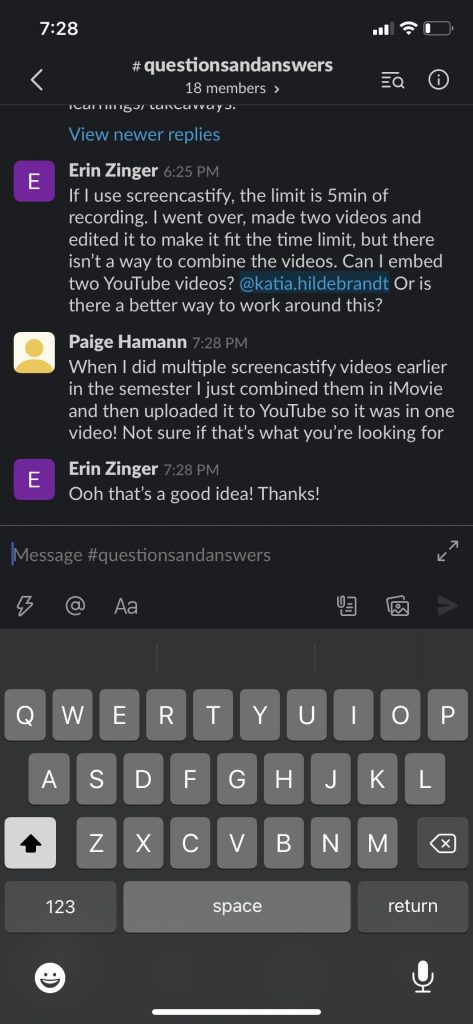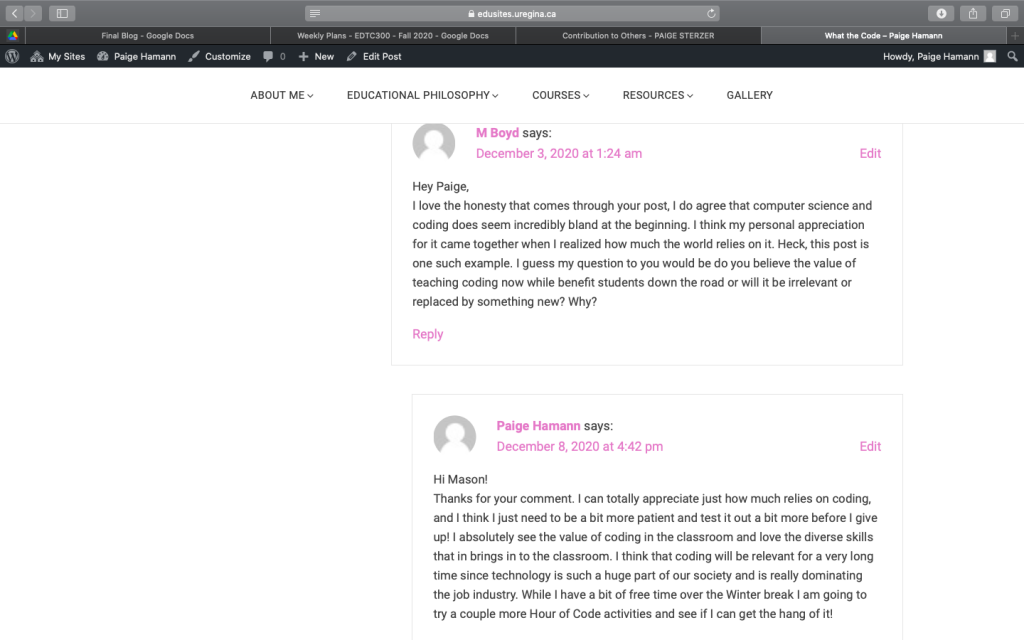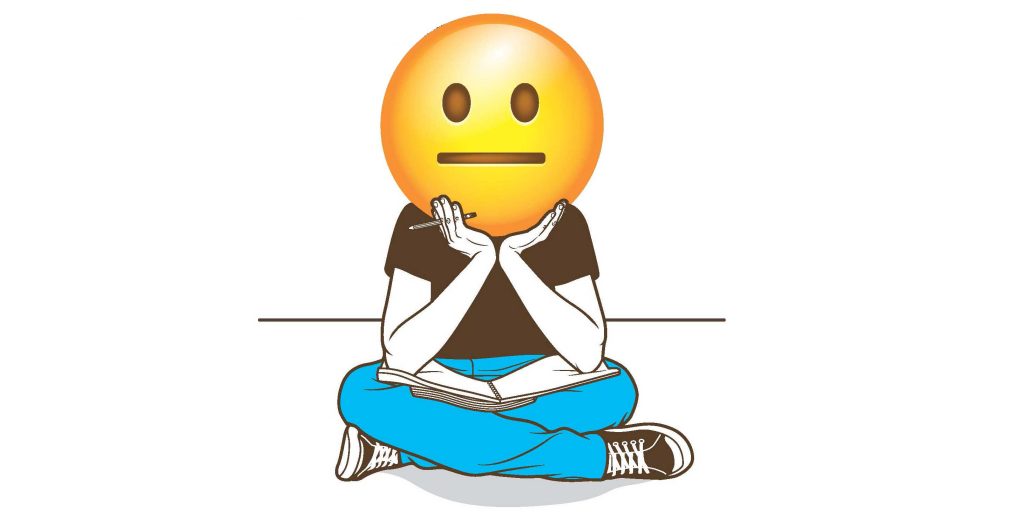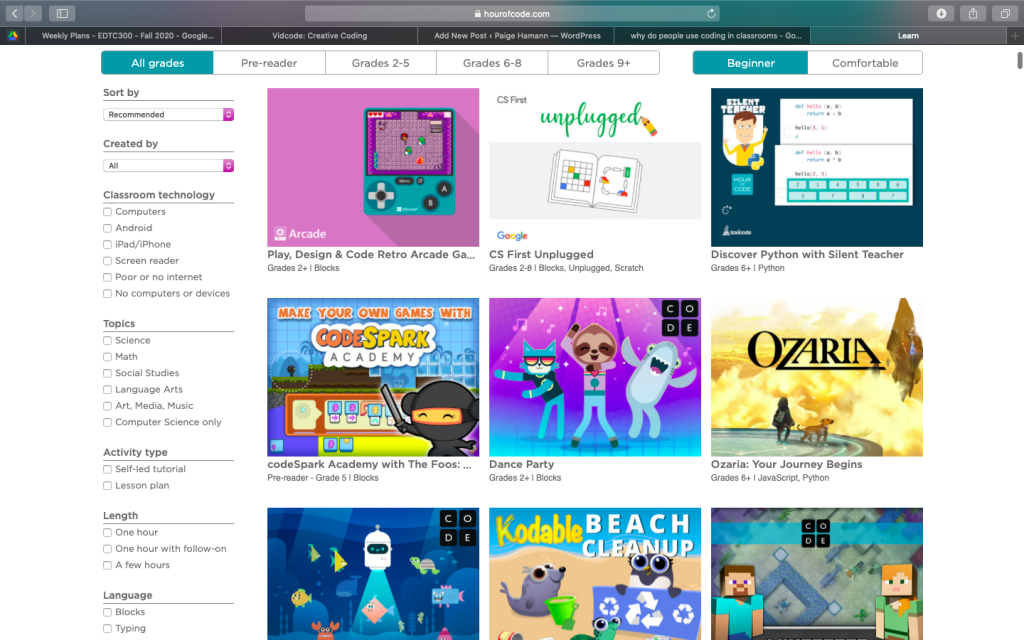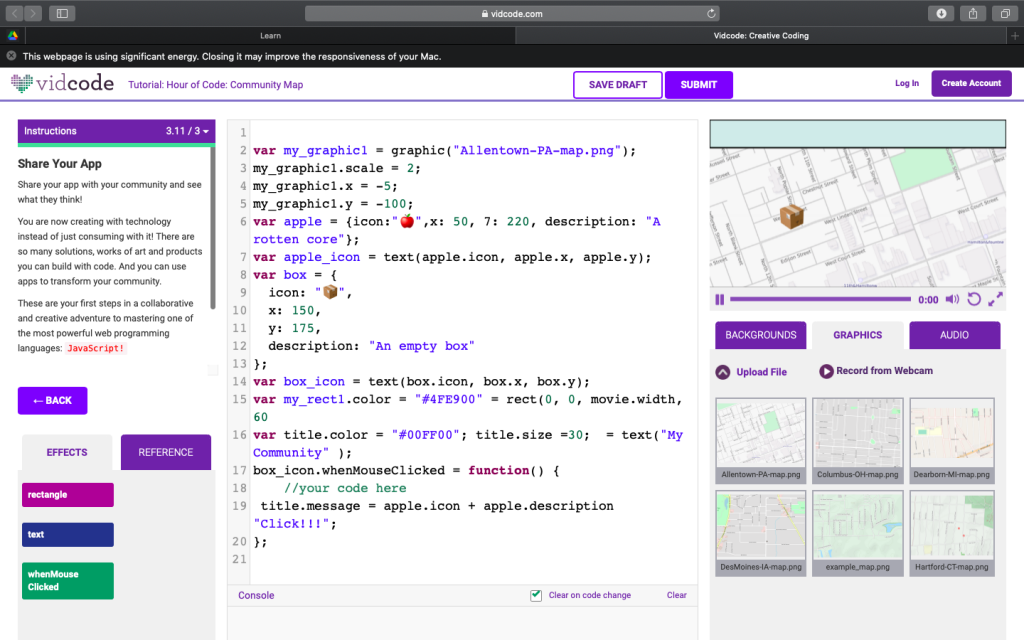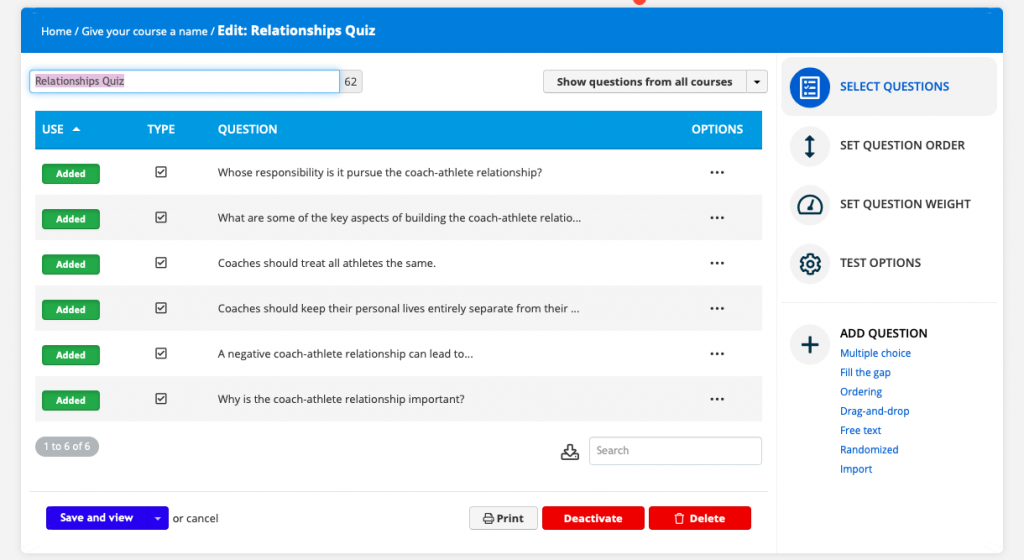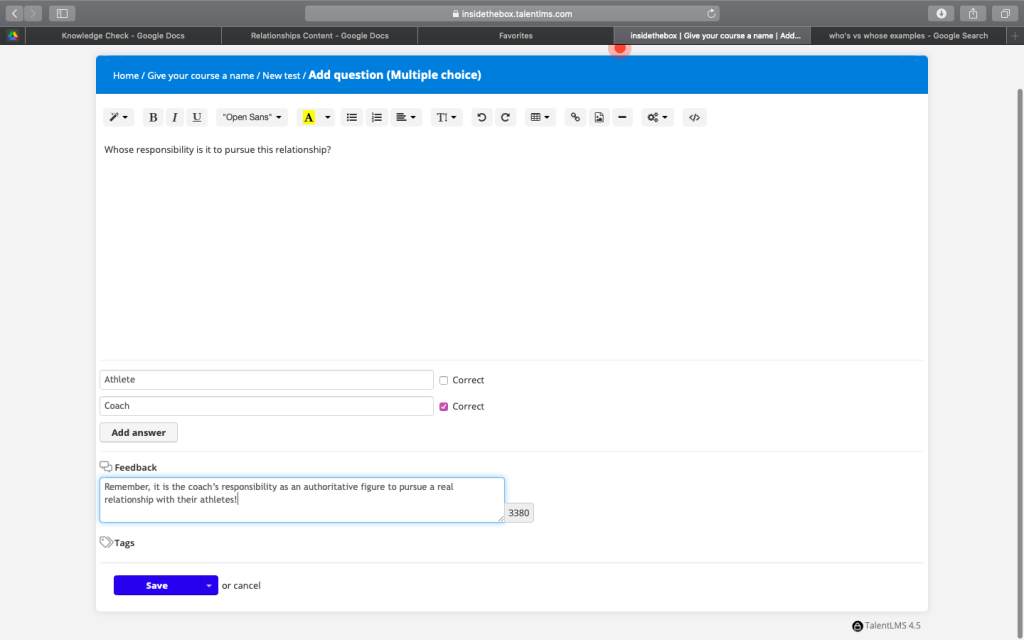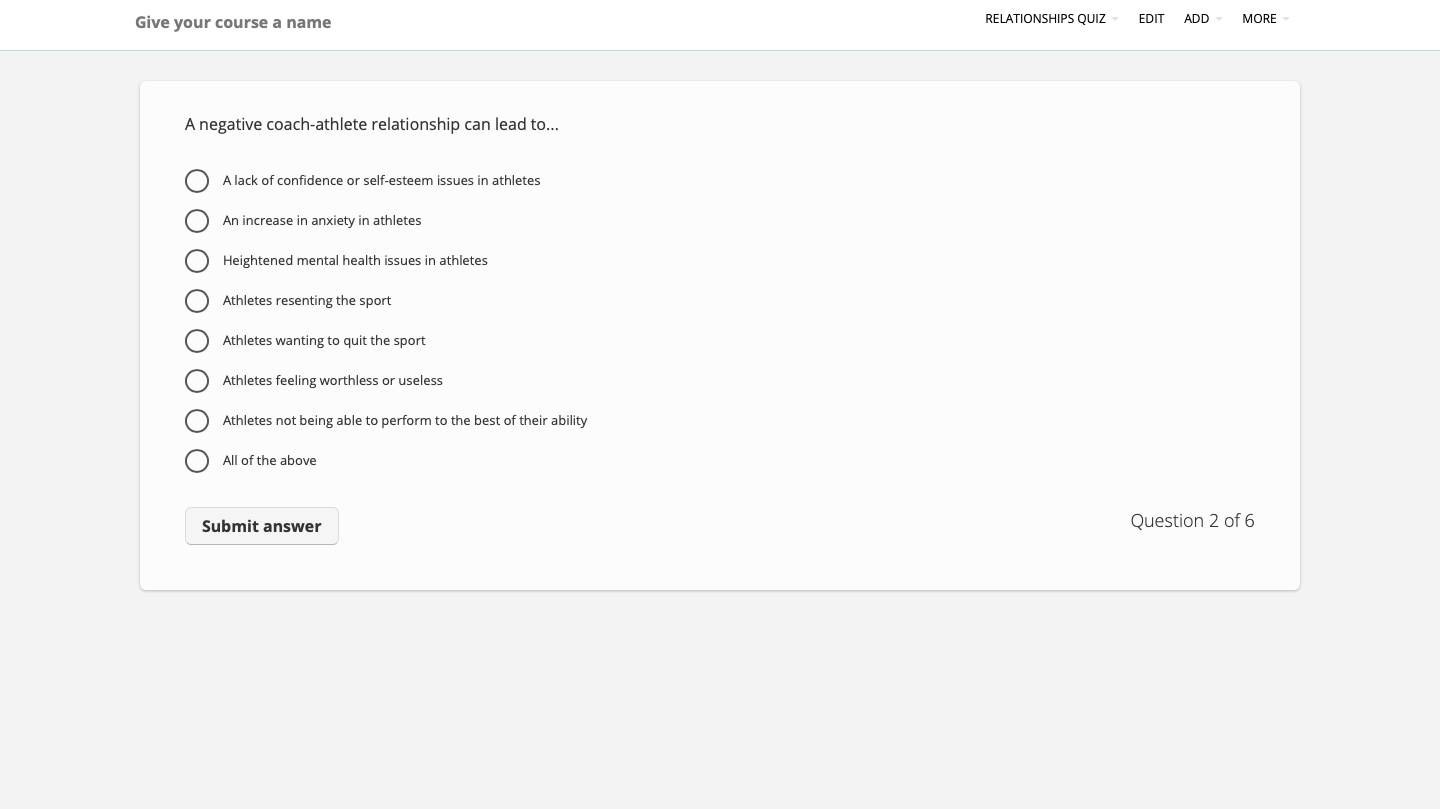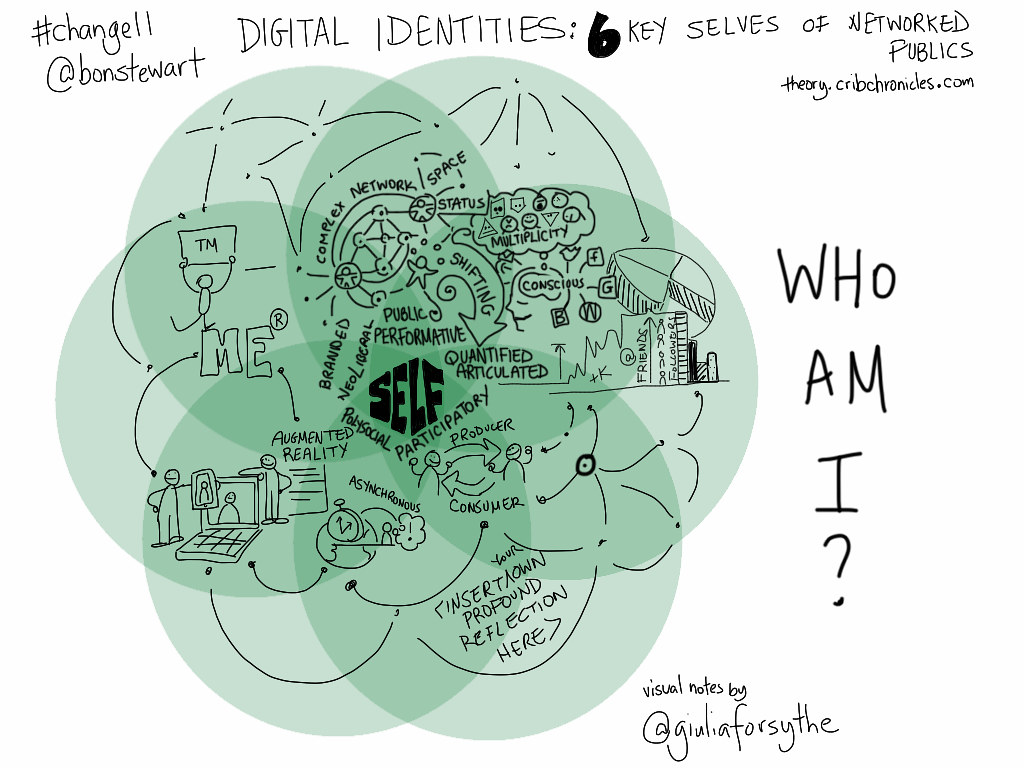It is indisputable that the real world and the digital world are now more interlaced than ever. The presence of technology and social media is increasing, and this becomes evident when considering the age that young people attain their first devices or create accounts. As of 2016, the NY Times stated that on average children are getting their first smartphones at age 10. This means that teaching young people about digital citizenship is more important than ever.
According to digitialcitizenship.net, digital citizenship is described as “the continuously developing norms of appropriate, responsible, and empowered technology use”. In other words, it is knowing the impacts of the internet and using it safely and responsibly.
Dr. Mike Ribble’s 9 Elements of Digital Citizenship have a major influence on digital citizenship initiatives around the world. These elements are a significant portion of Saskatchewan’s K-12 policy guide.
As an individual in the Secondary Education program, it is clear that I would prefer to teach in a high school setting. That being said, I would hope that my students would already have a great foundational knowledge of digital citizenship from their elementary years. This means that my classes would continue to practice the elements that contribute to a good digital citizen
This is how I would integrate the elements of digital citizenship in the context of a grade nine Social Studies or English class (as these are my major/minor areas).
1. Digital Access
Who has access to technology and who does not?
Social Studies 9— IN9.2 Compare the factors that shape worldviews in a society, including time and place, culture, language, religion, gender identity, socio-economic situation, and education. a. Explore personal student beliefs about some contemporary issues or problems (e.g., making friends; the role of technology in daily life; affordable housing; intergenerational families; global warming; post-secondary education; participating in religious or cultural ceremonies; designer clothing; healthy food choices; drinking and driving; violence).
Students can examine the role of technology in their daily lives and compare it to that of rural communities or other areas of the world. This can lead to conversations about privilege and help students to identify discrepancies in human rights.
2. Digital Commerce
How are we manipulated by digital marketing?
English 9— CR9.7a and CR9.7b Read independently and demonstrate comprehension of a variety of information texts including expository essays, historical accounts, news articles, and scientific writing. j. Identify and analyze techniques and elements such as figurative language and rhetorical and stylistic features of texts.
Students can analyze the rhetorical devices and persuasive techniques utilized in ads. This will help them to recognize these tactics when online shopping.
3. Digital Communication and Collaboration
How can we interact with others online in a positive manner?
English 9— CC9.2a and CC9.2b Create and present an individual researched inquiry project related to a topic, theme, or issue studied in English language arts. e. Use e-mail, threaded discussion, and file sharing to exchange ideas and findings.
Students can practice communicating and collaborating in a positive and respectful manner on online platforms.
4. Digital Etiquette
Is this a good time to use technology?
Social Studies 9— IN9.4 Determine the influence of worldview on the choices, decisions, and interactions in a society a. Explain the influence of worldview on personal choices, decisions, and interactions (e.g., choice of friends, choice of fashion, the significance of education, participation or non- participation in events, choice of pastimes and recreational activities, approaches to nature and ecology, approaches to consumerism).
Students can analyze when different people utilize technology and relate this to worldview.
5. Digital Fluency
What do we believe and what do we not?
English 9— CR9.1b View, listen to, read, comprehend, and respond to a variety of texts that address identity (e.g., Exploring Loyalty, Love, and Relationships), social responsibility (e.g., Equal Opportunity), and efficacy (e.g., Surviving and Conquering). t. Differentiate between fact/opinion and bias and propaganda in texts
Students can analyze articles and use text and visual features to differentiate between fact and opinion or “fake news”
6. Digital Health and Welfare
How do we protect our minds online?
English 9— AR9.1a and AR9.1b Assess personal strengths and needs as a viewer, listener, reader, representer, speaker, and writer and contributions to the community of learners, and develop goals based on assessment and work toward them. a. Evaluate and modify own roles in group interactions in a variety of contexts.
Students can analyze their online spaces and platforms, evaluating how they are impacting other people and identify how they can improve as a digital citizen. Students should also evaluate who they allow in their online spaces and if they are preserving and protecting their mental health.
7. Digital Law
What are online laws? How do follow this structure and be responsible digital citizens?
English 9— CR9.1b View, listen to, read, comprehend, and respond to a variety of texts that address identity (e.g., Exploring Loyalty, Love, and Relationships), social responsibility (e.g., Equal Opportunity), and efficacy (e.g., Surviving and Conquering). r. Cite specific information and support inferences made in texts viewed, heard, or read.
Students can cite their sources for all projects and understand the importance of giving proper credit.
8. Digital Rights and Responsibility
What are our roles are responsibilities online? How do our roles differ?
Social Studies 9— PA9.3 Investigate the roles and responsibilities of members of the societies studied and those of citizens in contemporary Canada. c. Examine the rights and responsibilities of people as they existed within the societies studied, and compare findings to contemporary Canadian society.
Students can brainstorm their rights and responsibilities online and compare that to the online rights and responsibilities of their teachers and guardians.
9. Digital Security and Privacy
How can we stay safe and protect our privacy online?
I believe that conversations about online safety should be prevalent throughout the school year. Students should discuss how to keep themselves safe, as well as what they believe educators should be doing to protect them.
